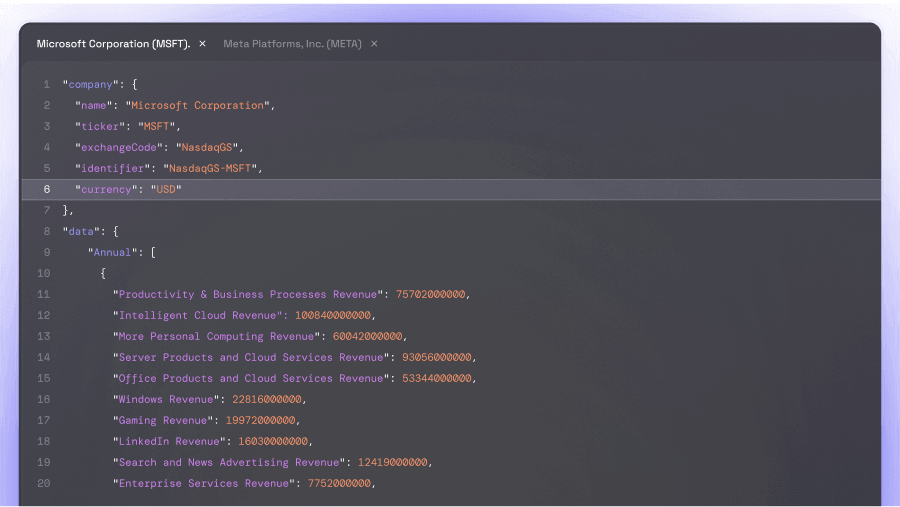Certainly, here's the rewritten text: --- **What Is Moonbeam (GLMR)?**
Moonbeam is an Ethereum-compatible smart contract parachain on Polkadot. It facilitates the use of popular Ethereum developer tools for building or redeploying Solidity projects within a Substrate-based environment. Moonbeam is more than an EVM implementation; it is a highly specialized parachain that emulates Ethereum’s Web3 RPC, accounts, keys, subscriptions, logs, and more. The platform enhances Ethereum's basic feature set with additional capabilities like on-chain governance, staking, and cross-chain integrations. Moonbeam offers unparalleled Ethereum compatibility: * Minimal Changes: Developers can instantly utilize existing Solidity smart contracts without the need for rewriting or reconfiguring them. * Use Existing Developer Tools: Seamlessly connect popular tools such as MetaMask, Hardhat, Waffle, Remix, and Truffle through a comprehensive set of Web3 RPC endpoints. Employ well-known JavaScript libraries like Web3.Js or Ethers.Js. * Unified Accounts, Addresses, and Signatures: Leverage your existing Ethereum H160 accounts and ECDSA signatures to interact with Moonbeam. * Access the Most Integrations on Polkadot: Utilize existing oracles, bridges, wallets, and other tools already being developed on Moonbeam. Moonbeam facilitates integration and connectivity between Polkadot parachains and other chains such as Ethereum and Bitcoin via bridges. Moonbeam was initiated in 2019 by Derek Yoo of Pure Stake.














